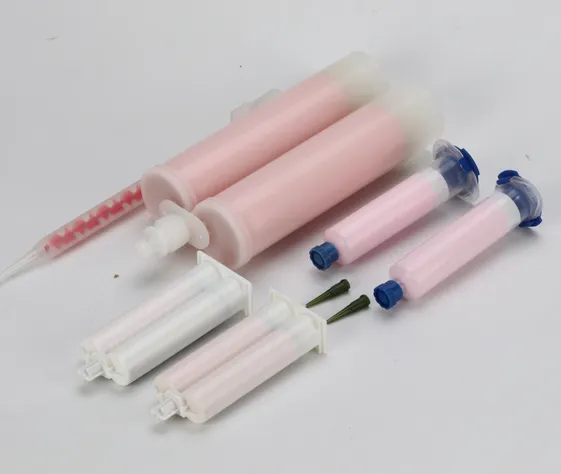
Thermally conductive material is a material that can effectively solve the heating problem. It is mainly filled between the heat source and the radiator to remove the air in the gap and reduce the contact thermal resistance, so that the heat source and the radiator can be in close contact, thereby ensuring that the heat can be efficiently guided To the radiator. The thermal gel is a relatively new type of thermal conductive material, which has the characteristics of high thermal conductivity, low thermal resistance, and low oil output. It is loved and welcomed by people. The thermal conductive gel is highly practical and can be applied to many automated production lines. on. Why is it said that thermal gel is more practical?
Thermal gel is a kind of gel that uses silicone resin as the matrix, adds thermally conductive fillers and bonding materials in a certain proportion, and is processed through a special process. In the industry, it is also known as thermal conductive silica gel mud and thermal conductive mud. It has high thermal conductivity, low thermal resistance and good thixotropy. It has become an ideal material for applications with large gap tolerances. It is filled between the electronic components that need to be cooled and the radiator/shell to make close contact and reduce Thermal resistance can quickly and effectively reduce the temperature of electronic components, thereby prolonging the service life of electronic components and improving their reliability.
Compared with the thermal pad, the thermal gel can better fill the gap between the interface and improve the contact between the heat source and the radiator, and the thermal gel is generally shipped in a syringe, which can be applied to major automatic production lines The coating operation is extremely practical.

 English
English
 usheenthermal
usheenthermal



